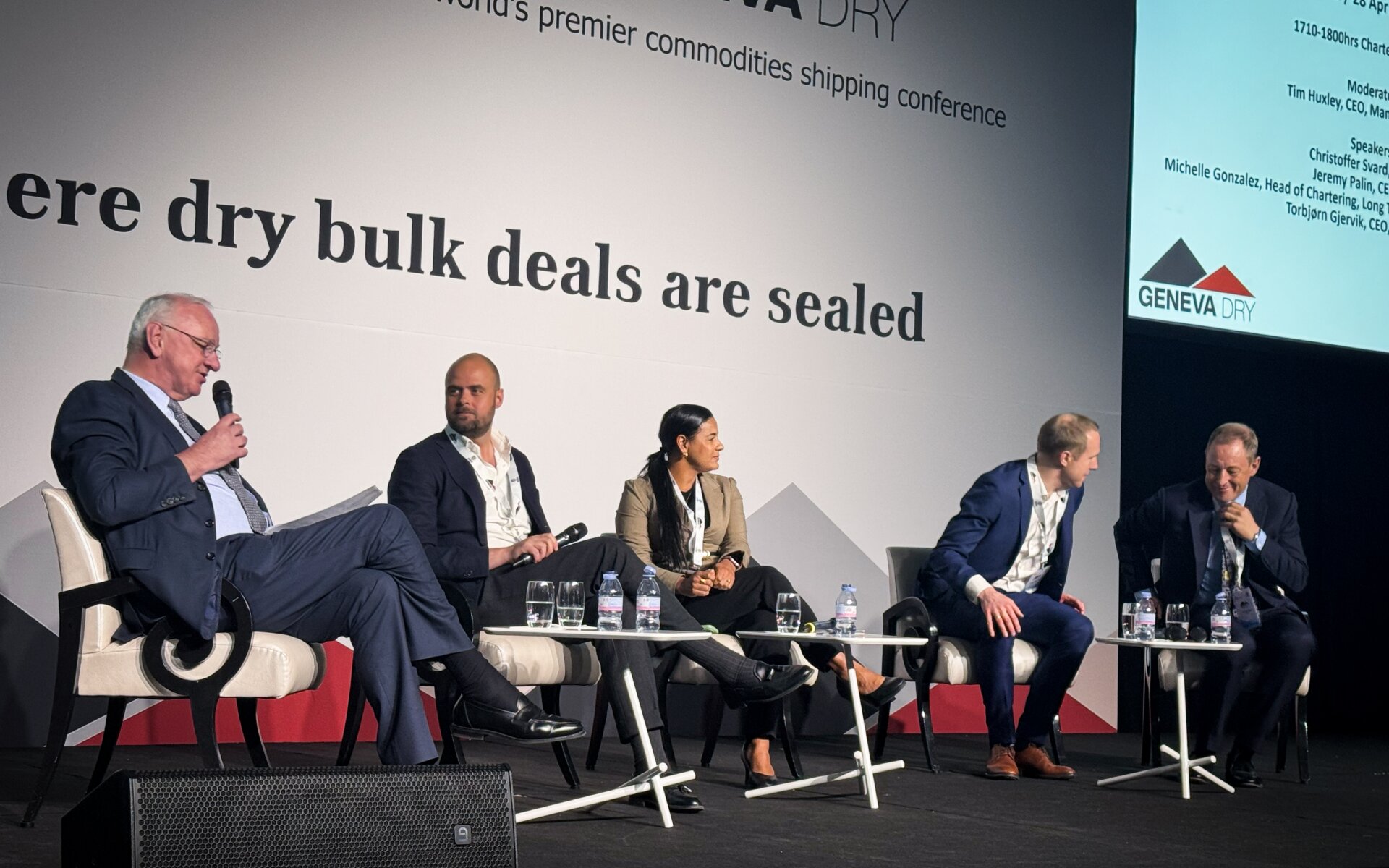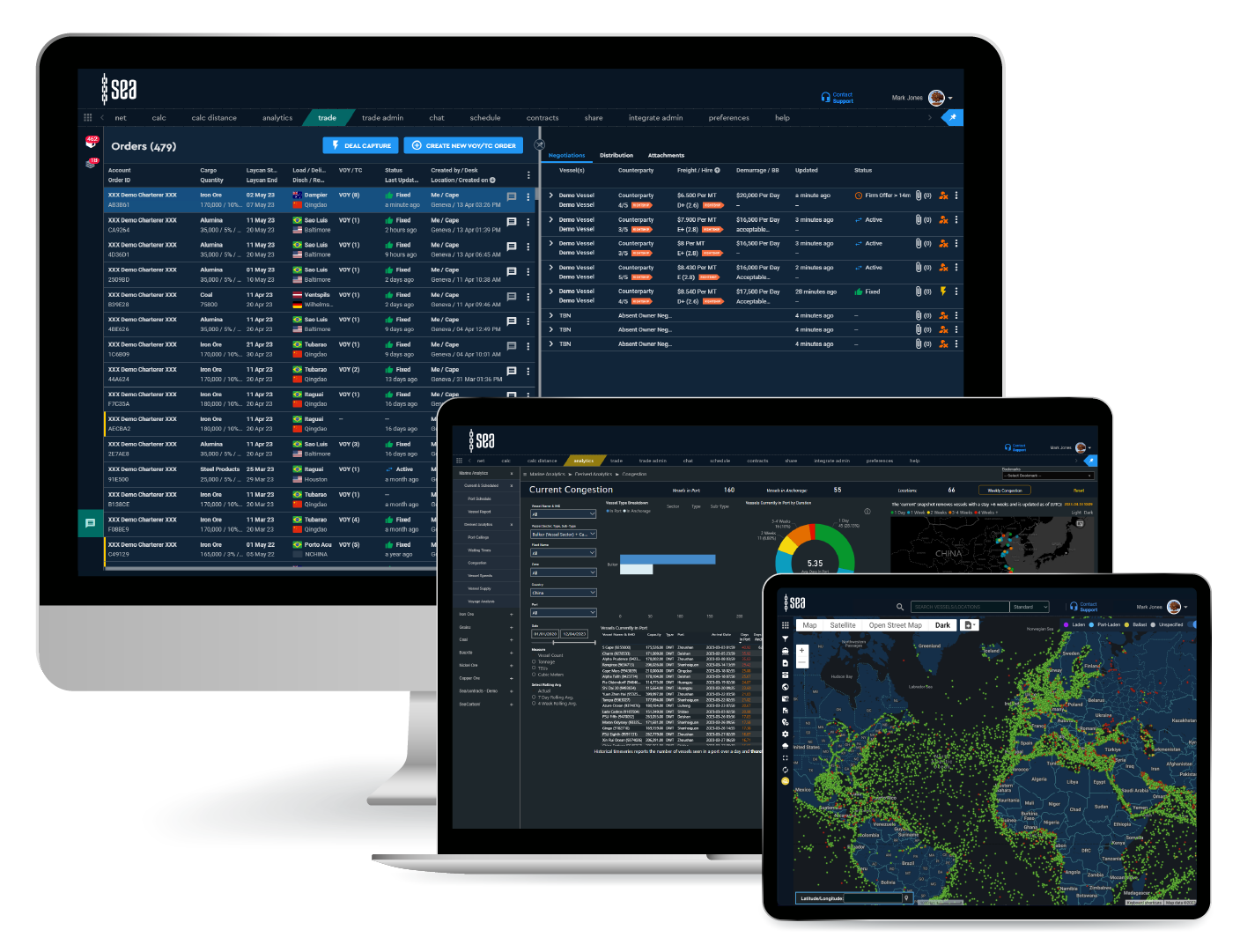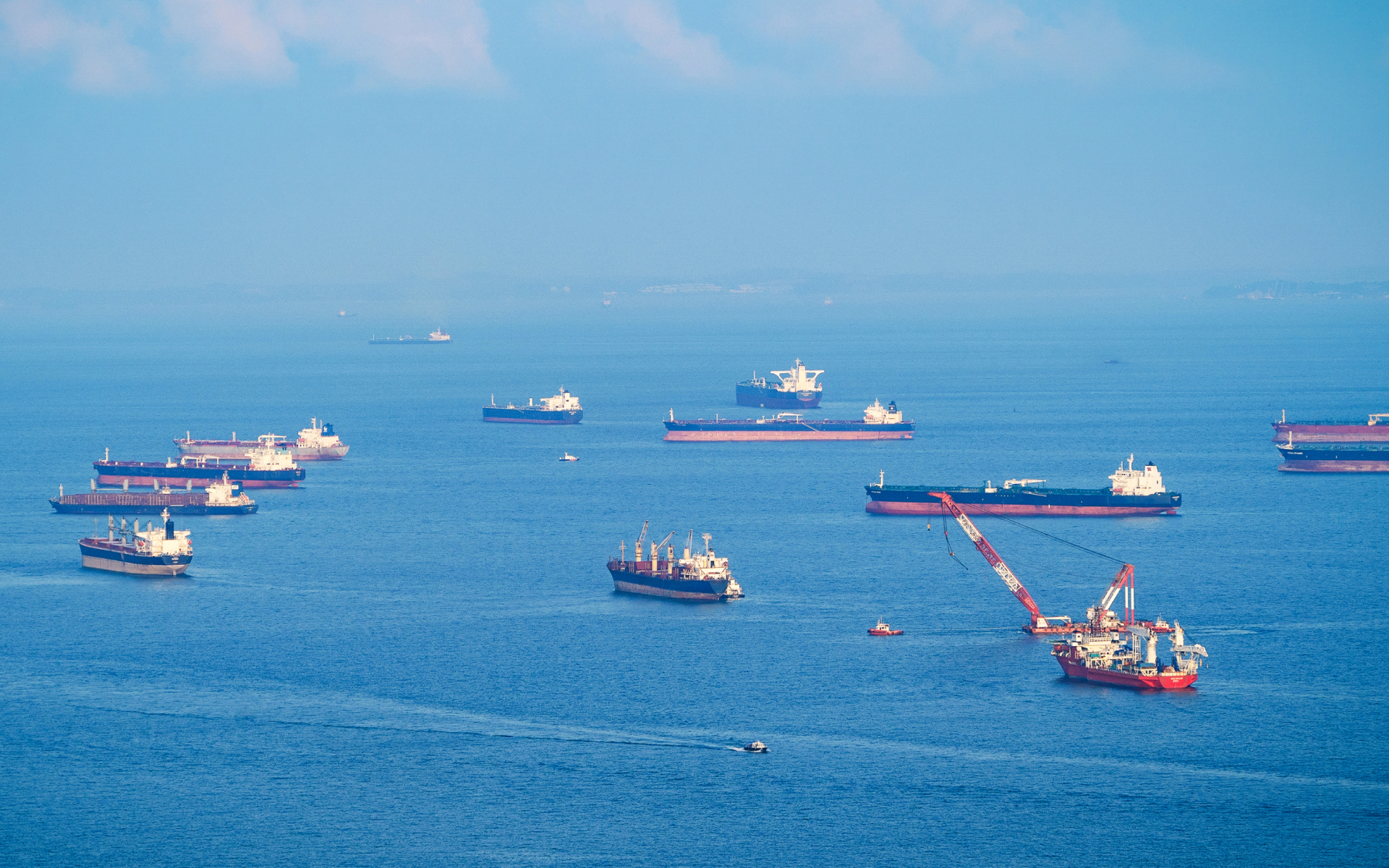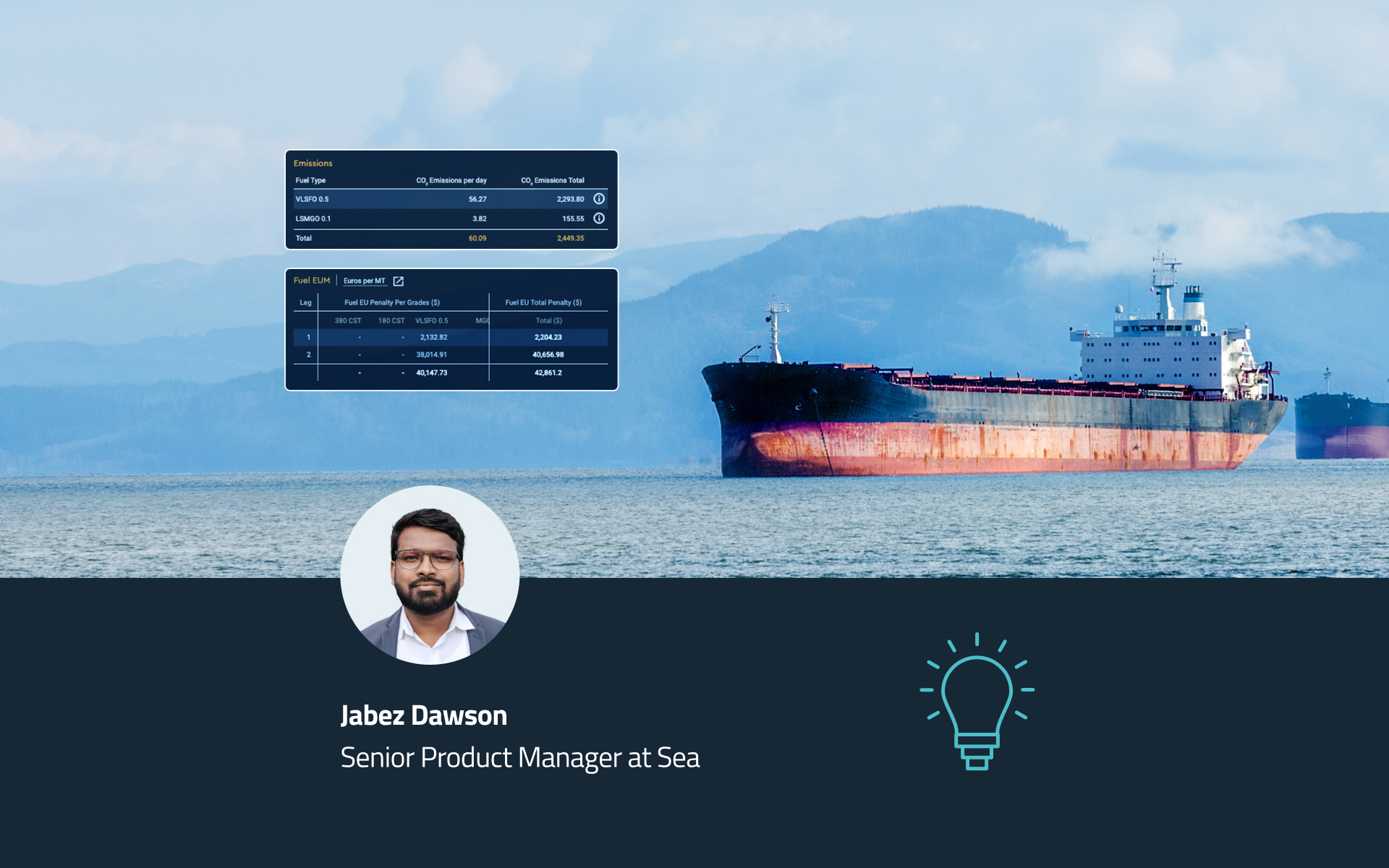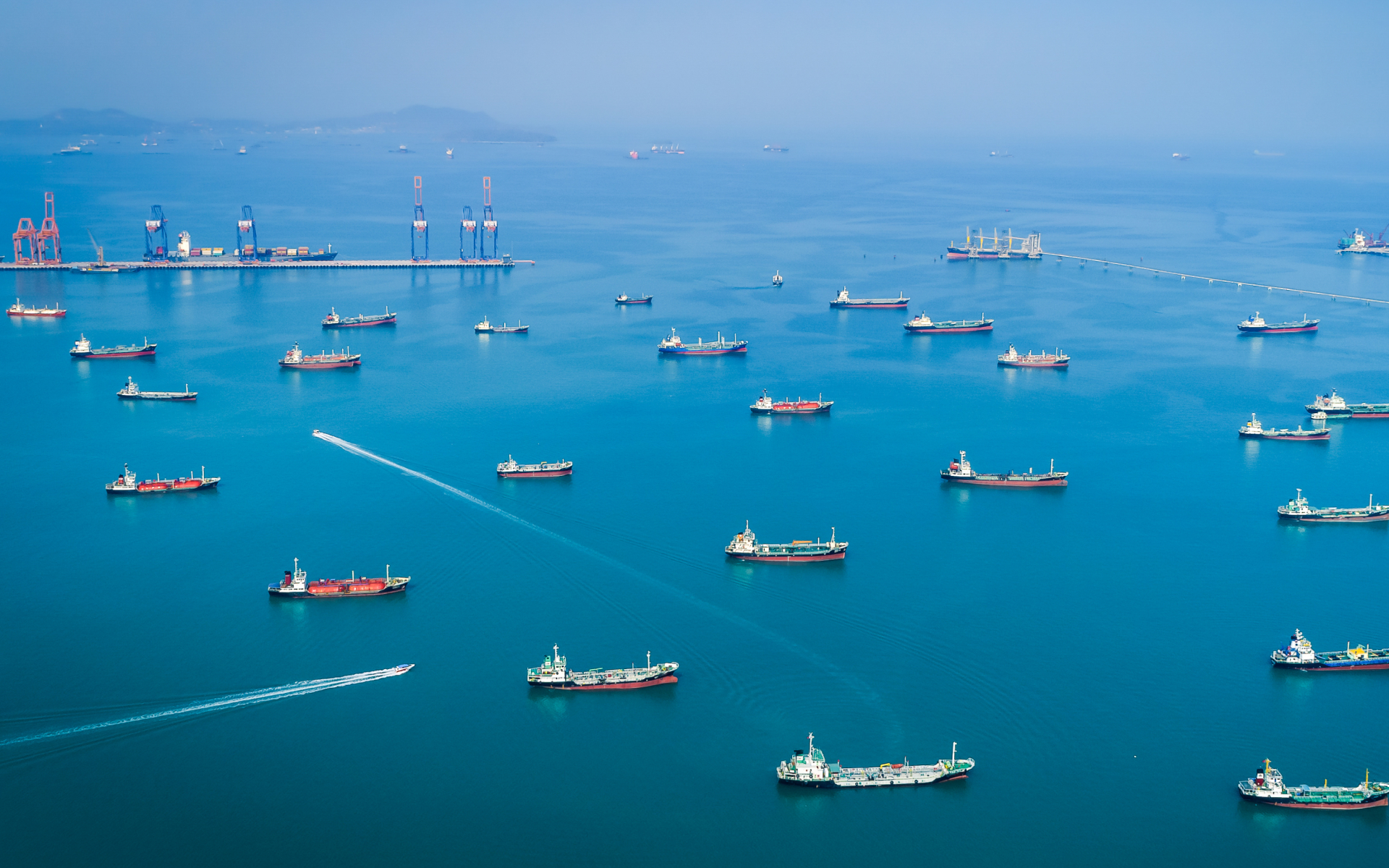During the Chartering Spotlight panel at this year’s Geneva Dry 2025, I joined Michelle Gonzalez (Vale), Torbjørn Gjervik (Western Bulk), Jeremy Palin (Arrow), and Tim Huxley (Mandarin Shipping), to explore how digitalisation is reshaping the freight-fixing process and the broker–charterer dynamic.
Chartering decisions have always relied on a mix of market knowledge, relationships, and timing. But as the conversation at Geneva Dry made clear, the importance of the tools that support those decisions is evolving — and so are the expectations around how we use them.
As we discussed both on the panel and throughout the two days, value in ocean freight today increasingly comes from how well decisions are supported.
It is no longer just about moving faster; it’s about the ability to move in this market with more clarity and control.
Visibility where it counts
A recurring theme in our discussion was the growing need for current, reliable information, particularly when it comes to increasingly unpredictable markets. Whether due to manual processes or disconnected systems, too many teams are still working around the problem.
That’s where a centralised, streamlined workflow makes a measurable difference, giving teams one clear view of the insights that count. From vessel availability and port congestion to carbon impact and voyage performance, the data is easier to access, the right signals stand out, and decisions come faster, with greater confidence.
As Michelle Gonzalez, Head of Chartering, Long Term Contracts & Ops / APAC ME at Vale, explained during the panel:
“When things are done manually, a lot gets hidden. But once you remove the process and admin, people can use their skills to do what they do best. And that’s how we continue to improve over time.”
Enabling – not replacing – human judgement
A lot of conversation on our panel at Geneva Dry focused on the role of the broker and whether technology could compromise that. But the consensus was clear: digital tools aren’t here to replace relationships or experience.
They’re here to enhance them — freeing up time and reducing complexity, so brokers, charterers, and operators can focus on optimising fixtures and maximising commercial operations.
As Michelle also highlighted, “The value of the human in broking and chartering is always going to be there. The tools are there to facilitate and unlock the potential of people, not substitute them.”
What’s next?
As more of the industry moves towards smarter digital workflows, the focus is shifting from what tools can do to how they’re used. It’s no longer enough for platforms to just function — they have to add value at each stage of the chartering process.
For companies in the dry bulk market, the goal is clear: reduce the admin, surface the right data, and make faster, more confident decisions that can positively impact earnings.
Digitalisation is an irreversible journey, and the trend towards consolidation is set to continue as the industry matures. When decisions are better informed, easier to track, and simpler to approve, that’s when a fully digital, unified workflow truly makes an impact.
Share this article
Don’t miss the latest news and insights - subscribe to our newsletter
For press enquiries, please email news@sea.live

